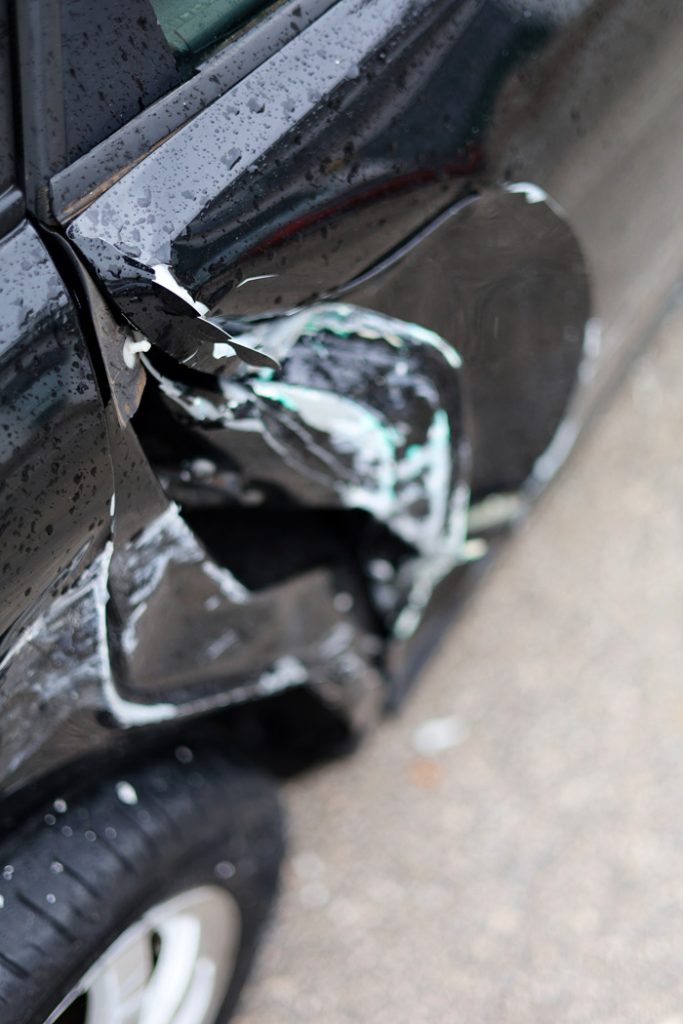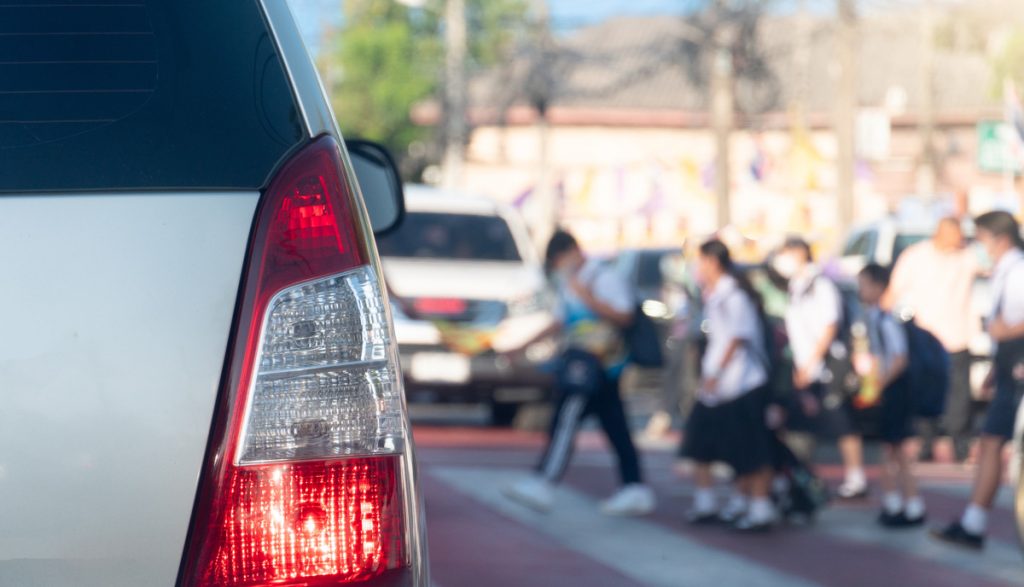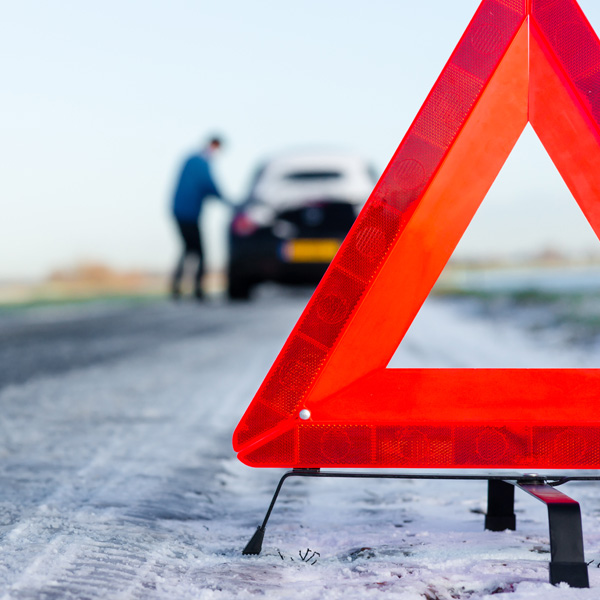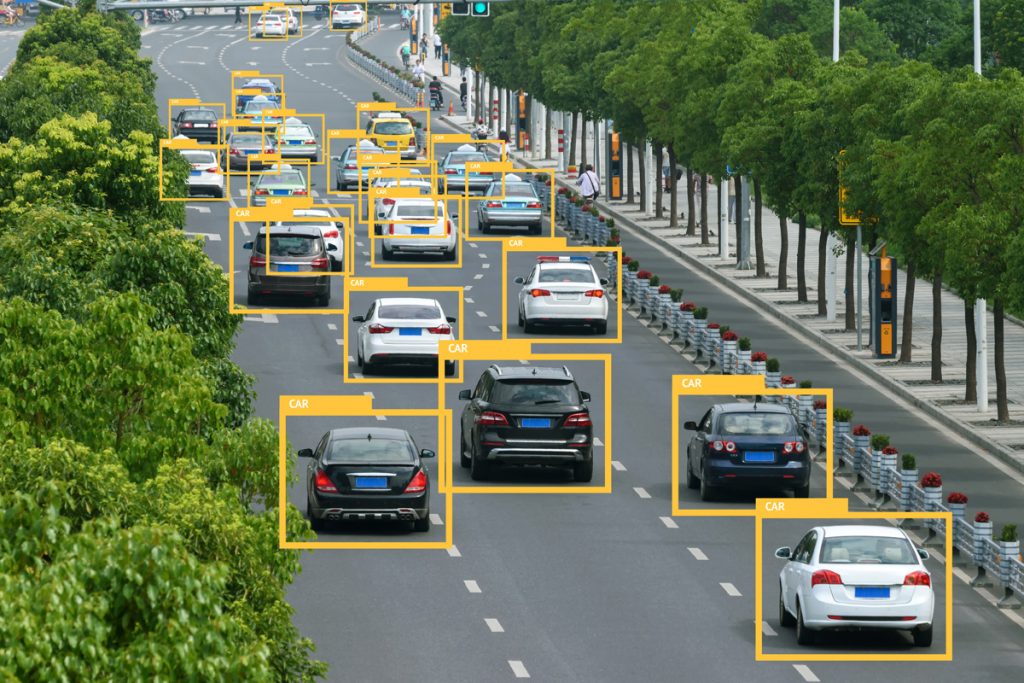The race to save lives on the road
More than 1.3 million people lose their lives at the wheel every year and between 20 and 50 million are injured, a major challenge. The aim is to reduce it by half by 2030.

Road safety is one of the most complex challenges globally, with consequences affecting the lives of millions of people every year. According to the World Health Organization (WHO), road accidents cause approximately 1.35 million deaths per year, and leave between 20 and 50 million people with non-fatal injuries, many of which can result in permanent disabilities. This has a devastating impact on victims and also generates huge economic losses worldwide, as it affects countries’ productivity, health systems and social well-being.
Road traffic injuries are the leading cause of death among young people aged 5 to 29, a particularly vulnerable group, underlining the urgency of addressing this issue. Furthermore, it is estimated that one in four road traffic deaths affects pedestrians and cyclists, highlighting the need to improve road infrastructure and road behavior to protect these most vulnerable users, according to United Nations reports.
The UN has set clear and ambitious goals to reduce deaths and injuries caused by road accidents. As part of the Decade of Action for Road Safety (2021-2030) , a global goal has been set to reduce deaths and injuries from road accidents by 50% by 2030. This goal is part of the UN Sustainable Development Goals (SDGs), specifically SDG number 3, which seeks to ensure healthy lives and promote well-being for all, regardless of age.
The ambitious plan seeks to comprehensively address road safety, focusing its efforts on improving infrastructure, vehicle safety, traffic law enforcement and public awareness, among other measures. The aim is to save millions of lives each year, but also to reduce the considerable economic losses that road accidents generate annually, which affect both low- and middle-income countries and high-income countries. However, achieving these goals requires constant cooperation between governments, international organizations, civil society, and the private sector, to implement effective solutions and ensure that roads are safer for everyone.

Imbalance problem
Despite progress in some areas, the picture remains bleak, especially in low- and middle-income countries, where road infrastructure, safety policies and enforcement of traffic rules are often poor, according to the WHO. This imbalance highlights global inequalities in road safety management and raises the question: why do road accidents affect some countries so disproportionately?
The contrast is particularly striking when analyzing road traffic fatality rates in different regions. While in Europe the fatality rate is 9.2 deaths per 100,000 inhabitants and has been trending downwards in recent years, in Africa the rate soars to 26.6 deaths per 100,000 inhabitants and continues to rise.
This stark contrast is not merely a matter of statistics, but reflects profound differences in infrastructure, road safety education and safety policies. The WHO has noted that more than 90% of road traffic deaths occur in low- and middle-income countries, where road conditions are often inadequate, and traffic laws are not effectively enforced.
An example of the serious situation in these countries can be found in the Dominican Republic, which has the highest mortality rate from traffic accidents in the world, with 64.6 deaths per 100,000 inhabitants. The main causes of this tragedy are, on the one hand, the irresponsibility of drivers, together with the normalization of the consumption of psychoactive substances behind the wheel, according to studies by some renting companies. The lack of adequate infrastructure and the poor application of traffic laws further aggravate the situation.
In contrast, in higher-income countries such as Sweden and Norway, mortality rates are significantly lower, thanks to rigorous public policies, quality road infrastructure and a strong focus on road safety education and awareness.

Risk factors
Road safety is a multifaceted problem that cannot be addressed from a single angle. Factors that contribute to road accidents include excessive speed, driving under the influence of alcohol or drugs, failure to wear seat belts and helmets, and distracted drivers. An alarming fact is that drivers who use a mobile phone while driving are four times more likely to be involved in an accident than those who do not use one. Similarly, speed has a direct relationship with the severity of accidents: for every 1% increase in average speed, the risk of a fatal collision increases by 4%.

In addition, the lack of road infrastructure safety is another critical factor. The WHO has stressed that roads must be designed in a way that ensures the safety of all users, from drivers to pedestrians, cyclists, and motorcyclists. In many low- and middle-income countries, roads do not meet minimum safety standards, which increases the risk of accidents. The lack of adequate traffic signs, the absence of bicycle lanes or the absence of safe pedestrian crossings are some of the most serious problems that contribute to the high mortality rate in these places.

How do vehicles influence?
In many regions, vehicle safety leaves much to be desired. Although there are international standards requiring airbags, seat belts and systems such as stability control, there are still countries where these regulations are barely a suggestion. In these places, it is not uncommon for a car to be sold without even the minimum safety guarantees. And that literally puts lives at risk. This leaves vehicle occupants, as well as vulnerable road users, exposed to unnecessary risks. The WHO recommends that countries adopt and strengthen these standards to significantly reduce road injuries and deaths.
It is important to note that post-accident care also plays a key role in reducing deaths and serious injuries. Response time to provide care to road accident victims is crucial: a few minutes of delay in medical care can make the difference between life and death. In many countries, lack of resources and inadequate medical infrastructure make it difficult to provide prompt and effective care for victims.

Ambitious goals
In light of this situation, the WHO has set ambitious goals: to halve the number of road deaths and injuries by 2030. To achieve this, it advocates a comprehensive approach that includes improving road infrastructure, promoting stricter public policies, strengthening compliance with laws and promoting road safety education. In addition, the organization highlights the need to prioritize sustainable transport, promoting the use of safer means of transport, such as walking, cycling, and using public transport.

Global collaboration is essential to make real changes. The WHO and other organizations work hand in hand with governments and communities to implement solutions and share practices that make a difference. As we all come together, the roads of the future can be much safer. An example of this joint effort is World Road Safety Week, promoted by the United Nations, which is celebrated every year in May, with the aim of raising awareness about the risks and solutions to reduce road accidents.

Technological innovation
Today, technology plays a vital role in transforming road safety. From vehicles that detect and avoid accidents to smart roads that adjust traffic in real time, technological innovations are changing the way we move and protect ourselves on the road. Who would have imagined just a few years ago that a car could automatically brake to avoid an accident?
Technological advances are reducing mortality and injuries and changing the way we think about road safety, both for drivers and for pedestrians and cyclists.
One of the most notable trends is the development of Advanced Driver Assistance Systems ( ADAS ), which are increasingly integrated into production vehicles and include technologies such as adaptive cruise control, lane keeping assist and automatic emergency braking.
For example, automatic emergency braking (AEB) is a system that can detect a potential frontal collision and automatically apply the brakes if the driver does not respond in time. Using radars and cameras, it can help prevent accidents or significantly reduce their severity. According to insurer Zurich, these advances are essential to address high traffic accident rates and save lives by reducing human error in driving.

Autonomous vehicles
Another significant development is the implementation of autonomous and connected vehicles. Equipped with sensors and artificial intelligence systems, these vehicles have the potential to eliminate the human factor, considered one of the main causes of traffic accidents. Vehicle-to-vehicle communication (V2V) technology has also gained relevance. This system allows vehicles to share information about their location and speed in real time, which improves situational awareness and can prevent accidents. According to a report by the World Road Association (PIARC), the future of road safety is indisputably linked to the development of autonomous vehicles and the improvement of connectivity on the roads.
In addition, smart road infrastructure is becoming a key aspect for improving safety. Examples such as smart traffic lights that adjust their duration in real time based on traffic flow or weather conditions, or traffic management systems that monitor roads and provide real-time alerts, contribute to optimizing traffic and preventing accidents. According to Geotab, these advances in infrastructure help improve traffic flow, and allow for a faster reaction to emergencies and hazards, reducing the likelihood of accidents.
The use of emergency signaling devices is also gaining popularity. An example of this is the device help flash, an emergency light signal that replaces traditional warning triangles, improving visibility and reducing the risk of secondary accidents on roads. These devices, now mandatory in some countries, provide greater safety for drivers who are forced to stop on the road, especially at night or in conditions of reduced visibility.

Internet of Things

Collision detection and prevention has also been improved with the use of technologies such as the Internet of Things (IoT) and Vehicular Ad – Hoc Networks (VANET). These technologies allow for the interconnection of vehicles and devices in real-time, providing greater responsiveness to emergency situations and helping to predict accidents before they occur. As mentioned in some university studies, IoT systems, combined with computer vision technologies, have the potential to dramatically reduce collisions by anticipating hazards and triggering appropriate safety measures in advance.
Automated urban interventions are also emerging as an effective solution to improve the safety of pedestrians and cyclists, two of the most vulnerable groups on the roads. These technologies use image data and computer vision techniques to identify high-risk areas and optimize city design, such as placing safer pedestrian crossings or creating dedicated bicycle lanes. According to published studies, the use of artificial intelligence and real-time data analysis allows cities to better adapt to the safety needs of their inhabitants, reducing accidents and promoting a safer environment for all.
These technological innovations reflect the potential of science and engineering to transform road safety. As more countries adopt these technologies and integrate them into their infrastructure, there is likely to be a significant reduction in road accidents and, consequently, in related deaths and injuries. However, as the WHO stresses, the implementation of these technologies is not enough; public policies that promote their adoption, educate drivers, and ensure compliance with road safety regulations are essential.